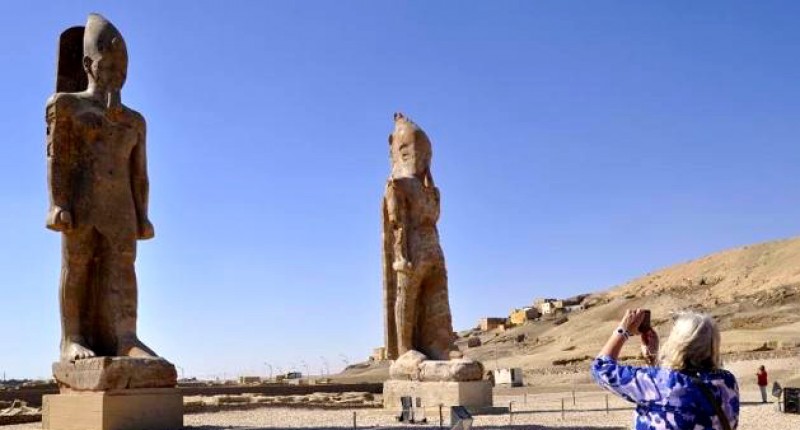
© APA tourist takes a picture of two colossal statues of Pharaoh Amenhotep III in Luxor on December 14, 2014.
Archaeologists on Sunday unveiled a restored colossal statue of Amenhotep III that was toppled in an earthquake more than 3,000 years ago at Egypt's famed temple city of Luxor.
The statue showing him in a striding attitude was re-erected at the northern gate of the king's funerary temple on the west bank of the Nile.
The temple is already famous for its existing 3,400-year-old Memnon colossi - twin statues of Amenhotep III whose reign archaeologists say marked the political and cultural zenith of ancient Egyptian civilisation.
The 12.92-metre (43-foot) statue unveiled on Sunday stands west of an existing effigy of the king, also depicting him walking, which was unveiled in March.
"These are up to now the highest standing effigies of an Egyptian king in striding attitude," said German-Armenian archaeologist Hourig Sourouzian, who heads the project to conserve the temple.
The world-famous twin Memnon colossi are 21 metres tall but show the pharaoh seated.
The restored statue now stands again for the first time since its collapse 3,200 years ago, Sourouzian told AFP from Luxor.
Consisting of 89 large pieces and numerous small fragments and reassembled since November, the monolith weighs 110 tonnes.
It had lain broken in pieces after the earthquake in 1200 BC, Sourouzian said.
The statue shows the king wearing the white crown of Upper Egypt, and each hand holding a papyrus roll inscribed with his name, like the one standing next to it that was unveiled earlier this year.
His belt, holding a dagger with a falcon-head handle, is fastened with a rectangular clasp bearing the names of the king.
Work to conserve the Amenhotep III temple is entirely funded through private and international donations.
Pharaoh Amenhotep III inherited an empire that stretched from the Euphrates to Sudan, archaeologists say.
The 18th dynasty ruler became king aged around 12, with his mother as regent.
Amenhotep III died in around 1354 BC and was succeeded by his son Amenhotep IV, widely known as Akhenaten.
Luxor, a city of some 500,000 people on the banks of the Nile in southern Egypt, is an open-air museum of intricate temples and pharaonic tombs.

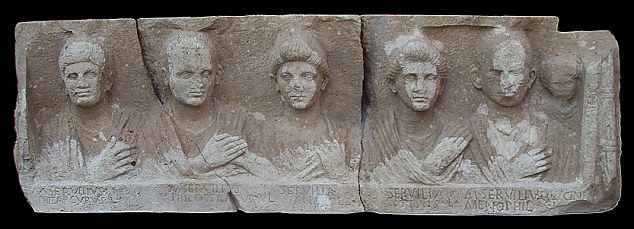
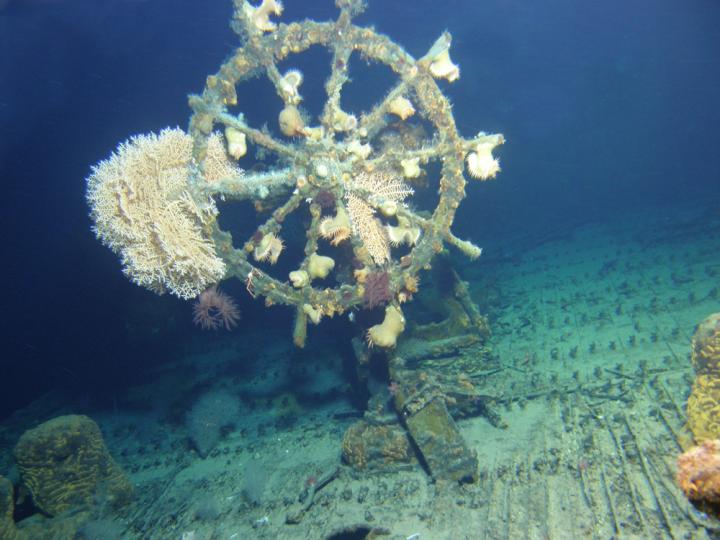
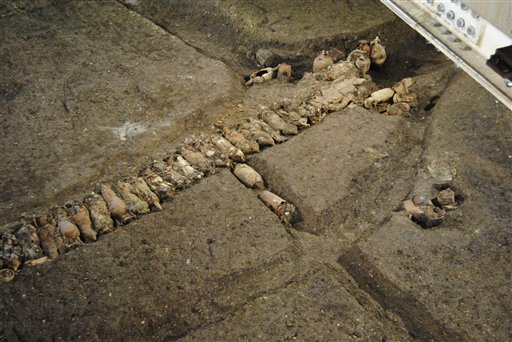
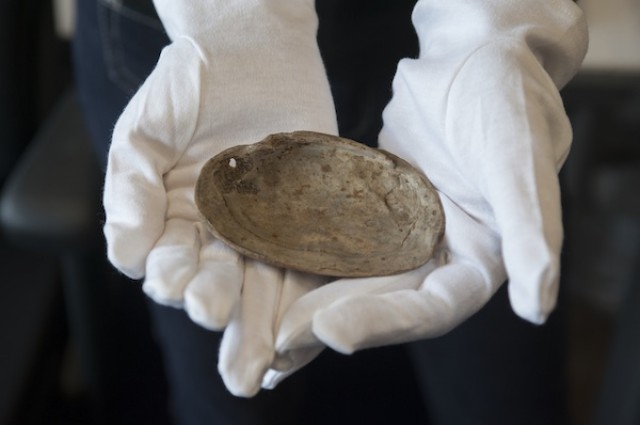
Comment: China has provided a plentiful source of discoveries for archeologists:
Cache in Chinese Mountain Reveals 20,000 Prehistoric Fossils
Rare skull of fossil ape discovered
Fossilized Cells Found in China May Challenge Theory of Evolution
Mysterious Chinese Fossils May Be New Human Species
China: Fossils Show Path of the Dinosaurs in Shaanxi